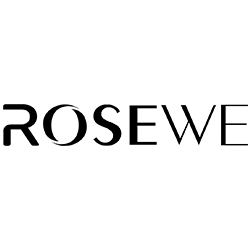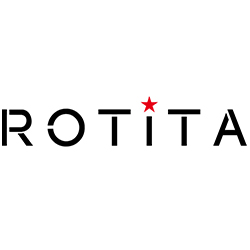The shift to an age-based COVID-19 distribution has seemingly left essential workers not covered by California’s initial phase of the rollout high and dry.
California’s new plan, Gov. Gavin Newsom announced Monday, is intended to simplify the thus-far convoluted distribution process for the vaccine in the state — and to ensure that assorted counties in the state adhere to a cohesive rollout plan for a limited number of vaccines.
The state will continue to vaccinate essential workers that are currently covered as part of Phases 1a and 1b’s first tier, such as health care workers, teachers and grocery and food laborers — but immunization for other essential workers may be delayed.
That includes workers in transportation, manufacturing and industrial services, among other essential workers.
It may also hamper the likelihood that incarcerated and homeless people get the vaccine.
The proposal has been condemned by some labor unions.
Service Employees International Union California, which represents healthcare workers, government employees, social workers and janitors, among other groups, roundly critiqued the shift away from occupation-based priority.
“Millions of working Californians, most of them people of color, have no choice but to leave their homes and work each day, exposing themselves, their families, and their communities to COVID-19 and its devastation,” said union president Bob Schnoover in a statement.
“California labeled these workers essential when the state wanted their service through the pandemic; if they are removed from the priority list for vaccination, the state is now saying they are expendable.”
Part of the public health rationale for the shift, the Sacramento Bee reported, is that inoculating older populations — who have the highest mortality rates and severe COVID-19 cases of any group — could lead to less hospitalizations and increased ICU capacity for the general population.
California continues to rank low in the nation on distribution, currently placing 45th in the percentage of doses used, per Bloomberg’s COVID-19 vaccine tracker.
The Associated Press contributed to this report.


